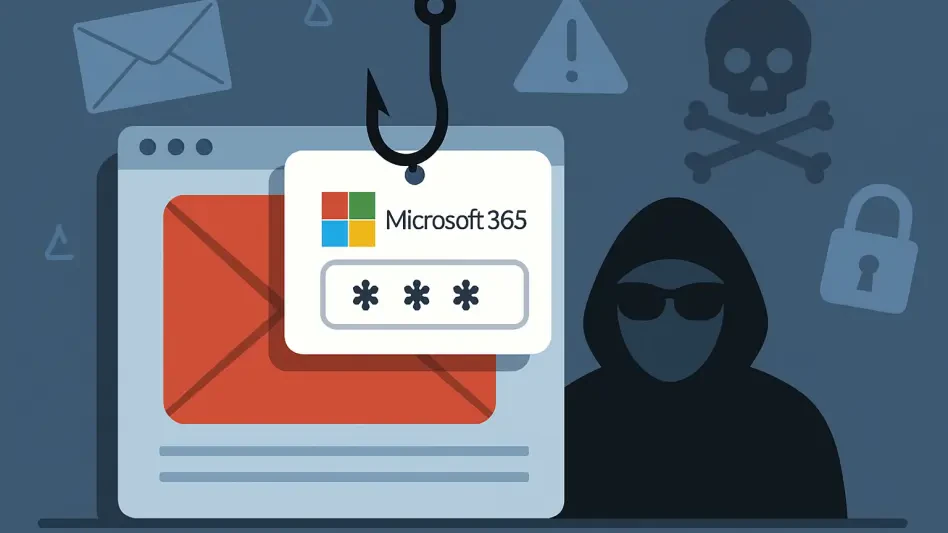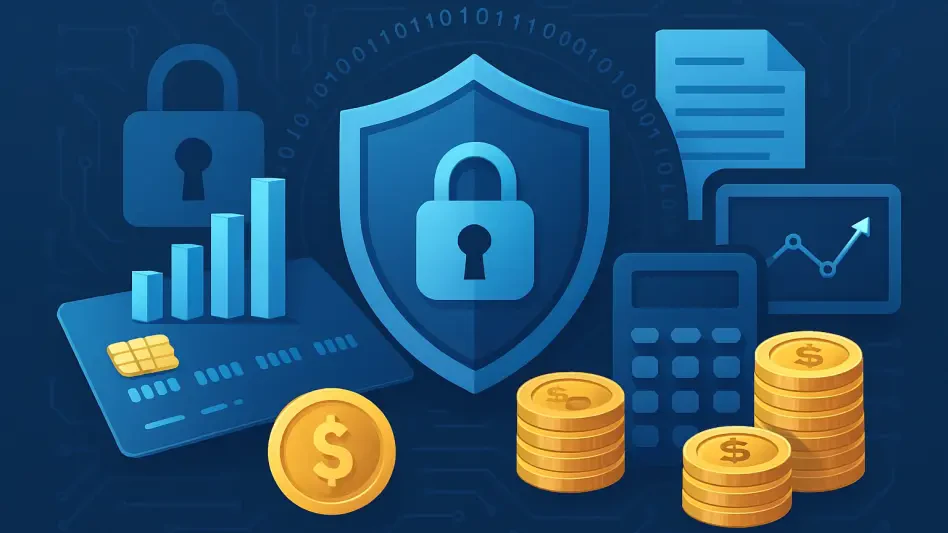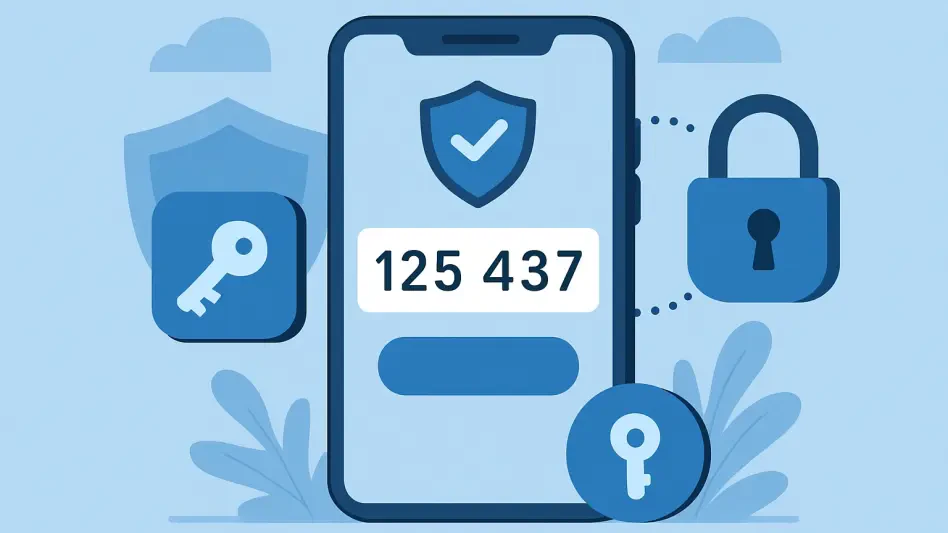In an era where digital security is paramount, a disturbing new cyber threat has emerged to challenge even the most robust defenses of organizations worldwide, with a recently uncovered Phishing-as-a-Service (PhaaS) platform dubbed Salty 2FA setting its sights on Microsoft 365 users. This platform employs intricate, multi-stage attacks to steal login credentials with alarming precision. Discovered by cybersecurity researchers, this framework stands out for its sophisticated evasion tactics and ability to bypass traditional detection methods. As phishing continues to dominate as the primary vector for cyberattacks globally, the rise of such accessible and advanced tools signals a troubling trend for both individuals and enterprises. This development underscores an urgent need to understand the mechanisms behind these threats and adapt defensive strategies accordingly. With industries ranging from finance to education under siege, the implications of this platform’s reach are vast and demand immediate attention from security professionals.
Unveiling the Mechanics of a Sophisticated PhaaS Platform
Decoding the Attack Structure
Understanding the inner workings of this new phishing framework reveals a chilling level of complexity designed to outsmart conventional security measures. The attack chain begins with a deceptive phishing email that delivers a “trampoline” script, often fortified by Cloudflare Turnstile to filter out bots and protect the malicious operation from early detection. Following this, an obfuscated entry script, cluttered with irrelevant content like inspirational quotes, serves to frustrate static analysis efforts by security tools. The subsequent stages are equally cunning, involving encrypted payloads retrieved from suspicious domains, often with .ru extensions, and the rendering of counterfeit Microsoft login pages that mimic the real thing with dynamic elements. These pages are crafted to adapt in real time, enhancing their deceptive authenticity and making it nearly impossible for unsuspecting users to spot the fraud before entering their credentials.
Evasion Tactics and 2FA Interception
Beyond the initial deception, the framework demonstrates a remarkable ability to evade scrutiny and sustain its malicious intent through advanced anti-analysis measures. Techniques such as blocking keyboard shortcuts and detecting sandbox environments via timing checks ensure that automated security systems struggle to dissect the attack. What sets this platform apart is its adept handling of various two-factor authentication (2FA) methods, including push notifications, SMS, voice calls, and one-time passwords. By intercepting verification codes in real time, attackers can maintain persistent access to compromised accounts, often without the victim’s immediate awareness. This capability to navigate 2FA, a security layer once considered a strong safeguard, highlights the evolving sophistication of phishing kits and the urgent need for updated defensive approaches that go beyond static indicators and focus on real-time behavioral analysis to catch such threats in action.
Implications and Defense Strategies Against Evolving Threats
Challenges in Detection and Industry Impact
The mutable nature of this phishing platform poses significant challenges to traditional cybersecurity detection methods, rendering static indicators of compromise largely ineffective. Domain names and other fixed markers constantly shift, forcing security teams to pivot toward identifying behavioral patterns, such as specific domain pairings or consistent resource loading from legitimate content delivery networks. The impact of these attacks spans a wide array of industries, including finance, telecom, energy, consulting, logistics, and education, with targeted organizations spread across the USA, Europe, and beyond. Common email lures, often disguised as payroll updates or voice messages, are tailored with pre-filled victim details to boost credibility, making them harder to distinguish from genuine communications. This broad and indiscriminate targeting illustrates the global scale of the threat and the critical importance of cross-industry collaboration to share intelligence and bolster defenses.
Leveraging Behavioral Analysis for Proactive Defense
Despite the formidable evasion strategies employed by this PhaaS kit, certain weaknesses, such as hardcoded elements, offer potential avenues for defense that security teams can exploit with the right tools. Embracing behavioral heuristics over outdated static signatures is essential, as is the use of real-time analysis platforms like interactive sandboxes that decrypt traffic and map execution flows for deeper threat intelligence. These tools enable a clearer understanding of attack patterns, even as code mutations obscure traditional detection. Additionally, the focus should be on educating employees across all sectors about the hallmarks of phishing attempts, such as unexpected emails requesting sensitive actions, to reduce the likelihood of initial compromise. By combining advanced technological solutions with heightened user awareness, organizations can build a more resilient posture against sophisticated phishing frameworks, adapting swiftly to variants that emerge in the ever-shifting landscape of cybercrime.
Future Considerations for Enhanced Security
Reflecting on the response to this phishing threat, security teams had to rethink their strategies entirely, prioritizing adaptability over reliance on fixed defenses. The surge in activity tied to this platform, peaking in June, served as a stark reminder of how quickly cyber threats can escalate. Efforts to counter these attacks leaned heavily on real-time behavioral detection, which proved more effective than chasing ever-changing indicators. Looking ahead, the cybersecurity community must continue investing in dynamic tools and fostering global cooperation to share insights on emerging PhaaS variants. Developing robust training programs to keep staff vigilant against deceptive lures also emerged as a critical step taken in the aftermath. As attackers refine their methods, staying proactive with innovative detection and response mechanisms will be vital to safeguarding sensitive data and maintaining trust in digital ecosystems across diverse industries.








